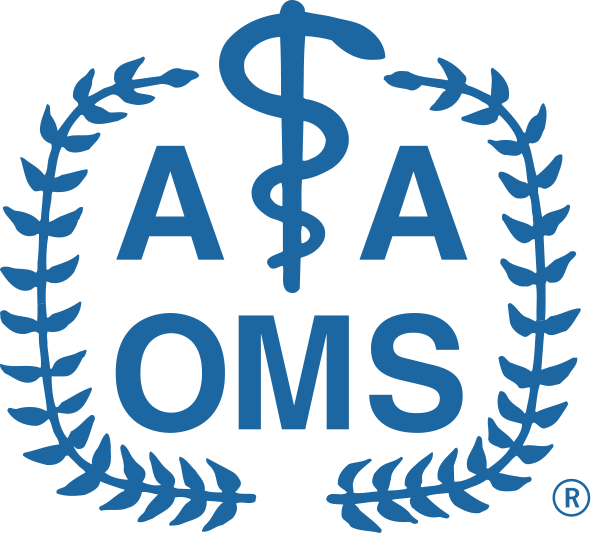Congress passed – and President Joe Biden signed into law Dec. 29 – an omnibus package (HR 2617) that appropriates federal funding for the remainder of the 2023 Fiscal Year and contains several healthcare policy provisions. Of relevance to OMS, the bill prevents 6.5 percent of the nearly 8.5 percent payment cut Medicare providers were scheduled to incur starting Jan. 1 and includes several provisions to address drug and supply shortages that AAOMS advocated for during Day on the Hill the past two years. The new law also mandates controlled substance prescribers undergo a one-time federal continuing education requirement of eight hours upon initiation or renewal of their DEA license. The bill did not include the Ensuring Lasting Smiles Act, which would require health insurers to cover dental-related treatment for patients with congenital anomalies, despite efforts by AAOMS and its coalition partners to try to add the bill to the package. The coalition will meet in the next few weeks to determine next steps for the 118th Congress.
Below is a more detailed summary of the new law’s provisions related to the specialty.
Medicare physician payments
- Medicare providers were scheduled to receive a nearly 8.5 percent cut in 2023. The legislation ultimately waived for two years the 4 percent “PAYGO” cut, attributed congressional budgeting rules, and halted 2.5 percent of the 4.42 percent Medicare physician fee schedule conversion factor (CF) cut, which stems from budget neutrality requirements. The legislation also included a 1.25 percent increase in 2024 to partially offset future cuts. As a result, providers will still incur a nearly 2 percent cut starting Jan. 1 and, at minimum, a 1.25 percent CF reduction for 2024. AAOMS participated in a physician coalition urging Congress to prevent the entire cut.
Controlled substances prescriber training
- The package includes language from the MATE Act, which mandates starting as early as this spring that controlled substance prescribers undergo a one-time continuing education requirement of eight hours upon initiation or renewal of their DEA license. Eligible CE is defined as education offered through classroom situations, seminars at professional society meetings, and electronic communications provided by the ADA, AAOMS, AMA, among others, or any organization accredited by Accreditation Council for Continuing Medical Education (ACCME) or the ADA’s Commission for Continuing Education Provider Recognition (CCEPR).
- It also subjects other prescribers such as nurses and physician assistants to the eight-hour educational requirement with their own educational pathway.
- Physicians and dentists are exempt from the federal CE requirement if they graduated from an accredited medical or dental school during the five years immediately preceding the date on which the provider first registers or renews their DEA permit and if the curriculum includes eight hours of education on 1) treating and managing patients with opioid or other substance use disorders or 2) the safe pharmacological management of dental pain and screening, brief intervention and referral for appropriate treatment of patients with or at risk of developing opioid and other substance use disorders.
- This training can be used to satisfy state requirements, and the federal law does not preempt any additional requirements by states.
- The MATE Act, as originally introduced, subjected dentists to the eight-hour education requirement but did not provide an appropriate pathway to comply with the requirements. Additionally, it subjected all controlled substance prescribers to education on treating and managing patients with opioid use disorders – which is not applicable to dentists. AAOMS and the ADA were worked with congressional staff to amend the bill to allow for an appropriate educational pathway for dentists that specifies in statute that AAOMS and the ADA are qualified CE providers as well as add language allowing dental school curriculum to count toward the requirement.
Medicare coverage for non-opioid alternatives
- The package includes language from the NO PAIN Act, which AAOMS has supported, and provides a separate Medicare payment, from 2025 through 2027, for non-opioid treatments that are currently packaged into the payment for surgeries under Medicare’s Outpatient Prospective Payment System (OPPS). The section also caps the separate payment at 18 percent of the estimated average OPPS payment amount for the surgeries and other services with which the non-opioid is used in conjunction.
Drug and device shortages/supply chain integrity
The package includes several provisions related to drug and supply shortages that AAOMS advocated in support of this past year. More specifically, it:
- Calls for a study on the potential effectiveness of providing incentives for increased domestic production and capacity of specified generic medicines, which may be through applicable nonprofit or for-profit private entities. Included are drugs used to prevent, mitigate, or treat serious or life-threatening diseases or conditions, or used in common procedures that could be life-threatening without such medicine or are critical to the public health during a public health emergency.
- Calls on the FDA to study extending expiration dates of certain drugs to combat drug shortage problems.
- Calls on the FDA to create a process and notification system to mitigate or prevent a shortage resulting from a discontinuance or interruption in the manufacture of a medical device.
- Directs the U.S. Government Accountability Office (GAO) to study what is known about nonprofit pharmaceutical manufacturing organizations, including the impact of such organizations on the development, availability, and cost of prescription drugs in the United States, which may include information with respect to the capacity and capability to help prevent or mitigate shortages of such drugs.
- Authorizes government contracts, grants, and cooperative agreements to improve domestic manufacturing surge capacity and capabilities – including the support of flexible or advanced manufacturing – to ensure capacity is available to rapidly manufacture products that are qualified countermeasures or epidemic products in the event of a public health emergency.
- Calls for an ongoing review of the Strategic National Stockpile to ensure contents are replenished and its contents are in working condition and ready for deployment.
- Directs HHS to issue guidance on the process for distribution of materials from the Strategic National Stockpile.
- Awards grants to not fewer than five states to establish, expand, or maintain a stockpile of appropriate drugs, vaccines and other biological products, medical devices and other medical supplies determined by the state to be necessary to respond to a public health emergency.
Telehealth
- The package extends telehealth reimbursement waivers enacted in response to the COVID-19 pandemic until Dec. 31, 2024. The waivers previously were set to expire 151 days after the end of the public health emergency.
Provider directories
- The package establishes federal standards around provider directories for private Medicaid carriers and other managed care companies, which are currently regulated by a patchwork of state laws. More specifically, it requires managed care companies to publish a searchable directory of in-network providers that is updated at least quarterly. Insurers would have to specify providers’ cultural and linguistic capabilities, if the clinician is accepting new patients and whether their offices can accommodate those with disabilities.
Veterans’ healthcare
- The bill allows the VA to enter into agreements with Federally Qualified Health Centers in the State of Alaska and with Indian Tribes and Tribal organizations that are party to the Alaska Native Health Compact with the Indian Health Service, to provide healthcare – including behavioral health and dental care – to veterans in rural Alaska.
Appropriations
The bill appropriates funding for the following programs/agencies:
- Increases Pell Grants by $500 to $7,395, the largest increase since 2009.
- Increases National Institutes of Health (NIH) funding by 5.6 percent, including additional funding for research related to opioids, stimulants and pain/pain management.
- Increases Centers for Disease Control and Prevention (CDC) funding by 9 percent, including additional funding for public health workforce initiatives.
- Increases funding for the Substance Abuse and Mental Health Services Administration (SAMHSA) by 15 percent, which includes efforts to prevent opioid and substance misuse.
- Increases funding for the Health Resource and Services Administration (HRSA) by 10 percent, which includes funding under the Title VII Health Professions program for education and training of primary and pediatric medical and dental professionals.
Congress enacts year-end bill that includes OMS issues


